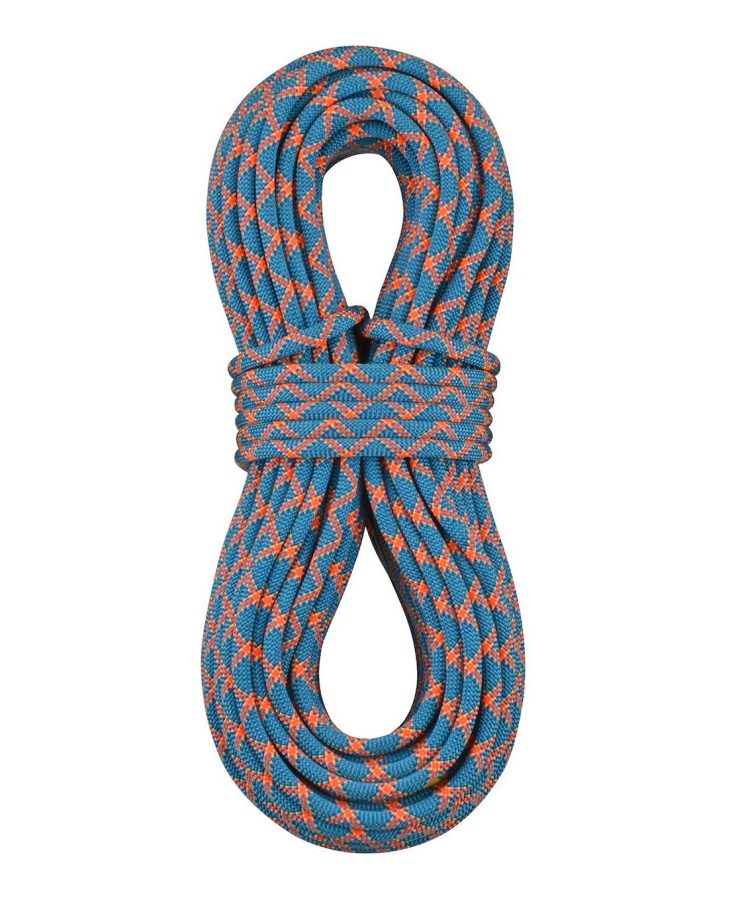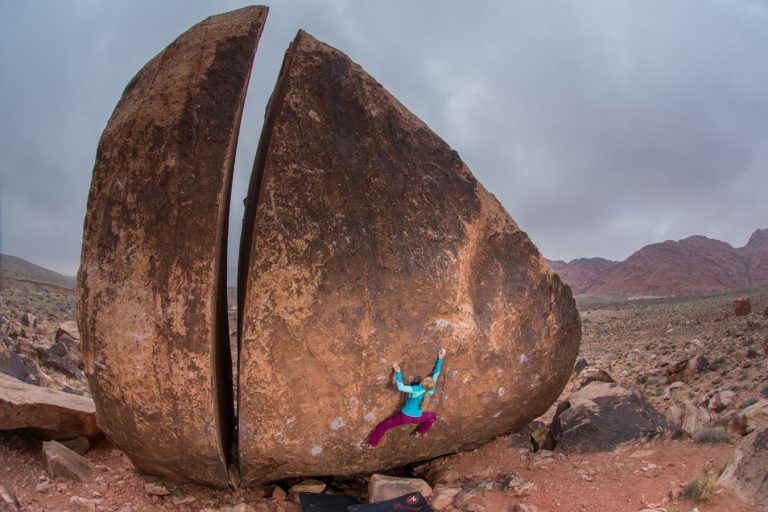What Is a Crux Climbing?
Definition of a Climbing Crux
In rock climbing, the term “crux” refers to the most physically demanding and difficult section or sequence of moves along a route or bouldering problem. It marks the pivotal point requiring a climber’s maximum effort and attention to conquer.
Hardest Part of Route or Problem
Whether situated at the start, middle or apex of an ascent, the crux denotes the most arduous portion that can substantially influence the overall grade and experience. Novices and experts alike will confront cruxes as an intrinsic element shaping climbs.
Requires Full Attention
Climbers must devote their fullest mental and physical focus to tackle the crux successfully. The specific sequence of hand movements, footholds etc at the crux may need extensive rehearsal until finally mastered.
Key Elements of a Crux
Several climbing-specific factors distinguish crux sections:
Harder Sequence of Moves
The contiguous sequence of moves along a crux present distinctly more difficulty than preceding or ensuing portions of the same route. The increased challenge arises from more strenuous reaches, smaller holds, dynamic movements etc.
Can Get Own Bouldering Grade
In fact, the concentrated challenge contained purely within an isolated crux can warrant its own bouldering grade as if an independent problem.
Needs Repeated Practice
To progress past the sustained hardness of cruxes, climbers invariably must practice its specialized moves through extensive repetition to ingrain the needed techniques and transitions.
Variations in Cruxes
While ubiquitous in climbs, crux nuances exist:
Routes With No Obvious Crux
Straightforward climbs may lack a clearly defined ultimate crux while still retaining slightly troublesome sections that could qualify based on the individual climber’s unique strengths and limitations.
Climbs With Multiple Cruxes
Conversely, an exceptionally long or demanding route may feature two or more distinct crux cruxes interspersed throughout, requiring multiple specialized focus points.
Different Beta to Solve Crux
Additionally, versatile climbers can navigate past similar cruxes using an array of personalized body positions and transitional footholds aka “beta”.
Impact on Climb Grading
The concentration of hardness within cruxes influences climb assessments:
Influences Overall Grade
The degree of difficulty climbers encounter at the crux can raise or lower judgements of the total route grading above or below expectations.
Individual Crux Grades
Moreover, the isolated crux itself earns its own bouldering-style grade reflecting its technical challenge.
Role in Climbing Experience
Therefore, crux severity plays an integral role shaping the feel and fulfillment climbers derive from succeeding on routes.
Types of Cruxes
Crux implications also differ by climb context:
Redpoint Crux vs Onsight Crux
A redpoint crux arises with repeated efforts on the same route, while an onsight crux emerges when first attempting an unknown ascent.
Different Features and Challenges
Thus redpoint cruxes tend to involve endurance or memory, while onsight cruxes stem more from route-reading obstacles. Both still culminate increased physical demands.
Importance of Cruxes
Despite difficulties, cruxes prove essential for climbers by:
Push Climbers to Improve
Conquering extremely tough crux moves provides immense satisfaction while expanding technical skills. Each breakthrough leads towards climbing higher grades.
Integral to Every Route
Moreover, nearly every climbing route across disciplines contains crux cruxes dictating the flavor of the ascent. They are unavoidable milestones.
Overcoming Them Builds Skills
With enough well-targeted training and determination, even the most daunting crux eventually yields – unlocking newfound belief in overcoming greater challenges ahead.
Conclusion
In essence, the crux in rock climbing refers to the hardest short sequence of a route that pushes climbers’ physical and mental limits. Though cruxes vary across routes and climbers, they universally mark definitive turning points on the path towards the summit. Through repeated efforts, cruxes transform from barriers into springboards towards ascendance.





